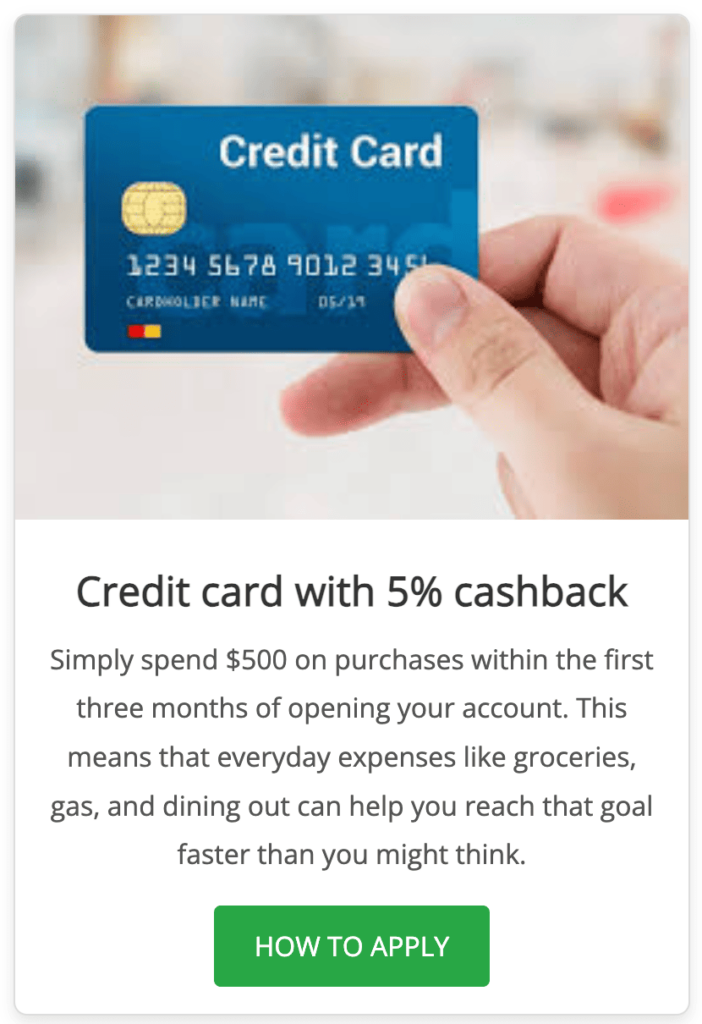Need funds for a personal project, business expansion, or home renovation? JPMorgan Chase Bank, one of the most reputable financial institutions in the U.S., offers a variety of loan options to fit your needs.
Which card do you want to be approved?
Whether you’re looking for a personal loan, auto financing, mortgage, or a small business loan, Chase provides flexible solutions with competitive rates and solid customer service.
In this article, you’ll learn exactly how to get a loan from Chase Bank, including eligibility, application steps, and expert tips to increase your chances of approval.
Understand the Types of Loans Offered by Chase
First and foremost, it’s important to know what types of loans Chase provides. Here are the main categories:
Home Loans
Mortgage Loans – For buying a home
Refinancing – To get better rates or change loan terms
Home Equity Line of Credit (HELOC) – Borrowing against your home’s value
Auto Loans
For new or used cars
Refinancing options available
Business Loans
Lines of Credit
Term Loans
Commercial Real Estate Financing
SBA Loans (Small Business Administration)
Note: Chase does not currently offer unsecured personal loans like other banks do (e.g., for debt consolidation or personal expenses).
Determine Your Eligibility
Before applying, you need to make sure you meet the basic eligibility requirements:
Good to excellent credit score (generally 670+ for best rates)
Stable income
Valid Social Security Number (SSN) or Tax ID
U.S. residency or valid U.S. address
For business loans: documentation proving business income and time in operation
Check Your Credit Report
Your credit score plays a major role in whether your loan will be approved and what interest rate you’ll get. It’s a good idea to:
Anúncios
Request a free credit report at AnnualCreditReport.com
Look for errors or red flags
Pay down debts and avoid late payments before applying
A higher credit score means better loan terms and greater chances of approval.
Gather Required Documents
To speed up the process, prepare the following documents in advance:
For Personal Use (like a mortgage or auto loan):
Government-issued ID (e.g., driver’s license)
Social Security Number
Proof of income (pay stubs, tax returns, or W-2s)
Employment verification
Bank statements
For Business Loans:
Business license and tax ID
Balance sheet and income statement
Business tax returns (2–3 years)
Business plan (for new businesses)
Personal financial statement (for some SBA loans)
Use Chase’s Online Tools
Chase offers several digital tools to help you estimate payments and prequalify for certain types of loans:
Mortgage Calculator – Estimate monthly payments and affordability
Auto Loan Calculator – Understand your monthly car payment
Prequalification Check – See your options without impacting your credit score
Using these tools can give you clarity and confidence before you officially apply.
Apply for the Loan
You can apply for most Chase loans either online, in person, or over the phone.
Apply Online:
Go to chase.com and navigate to the “Loans” section.
Select the type of loan you want, then click “Apply Now.” Fill out the application with accurate, up-to-date information.
Apply at a Chase Branch:
Visit your nearest Chase location. Speaking with a banker can help you explore the best loan product for your situation and ask questions in real time.
Apply by Phone:
Call Chase’s customer service line for loan support. This can be especially helpful for business or mortgage inquiries.
Wait for Review and Approval
After submitting your application, Chase will review it, considering factors like:
Credit score and history
Debt-to-income ratio
Employment and income stability
Collateral (for secured loans)
Loan approval can take anywhere from a few minutes (auto loans) to several business days (mortgages or business loans).
If more information is needed, a Chase representative will contact you directly.
Accept the Offer and Finalize the Loan
If approved, you’ll receive a loan offer with the interest rate, term length, monthly payments, and total amount to repay.
Review the terms carefully
Ask about any hidden fees or prepayment penalties
If everything looks good, you’ll sign the agreement and the funds will be disbursed (either to your account or directly to the vendor)
For auto loans, the check may go directly to the dealership. For business loans, it may go to your business account.
Repay Your Loan Responsibly
Once you receive your loan, it’s important to make consistent, on-time payments. Doing so helps you:
Improve your credit score
Avoid penalties or late fees
Maintain a strong relationship with Chase for future loans
You can set up automatic payments through Chase’s online banking to stay on track.
Bonus Tip: Consider Other Chase Products
Even if you’re not eligible for a loan right now, you can start building a relationship with Chase by:
Opening a checking or savings account
Using a Chase credit card responsibly
Setting up direct deposit
Speaking to a banker about financial planning
Having a strong relationship with the bank can improve your chances of getting approved for loans in the future.
Conclusion
Getting a loan from JPMorgan Chase Bank is a straightforward process when you’re well-prepared.
By understanding the loan types available, checking your credit score, gathering documents, and using Chase’s online tools, you can increase your chances of approval and secure the funding you need.
Whether you’re buying a car, growing a business, or financing a home, Chase offers secure, competitive options backed by one of the most powerful financial institutions in the world.
Take the first step today and move closer to your financial goals with confidence.
- Source of information: www.jpmorgan.com

